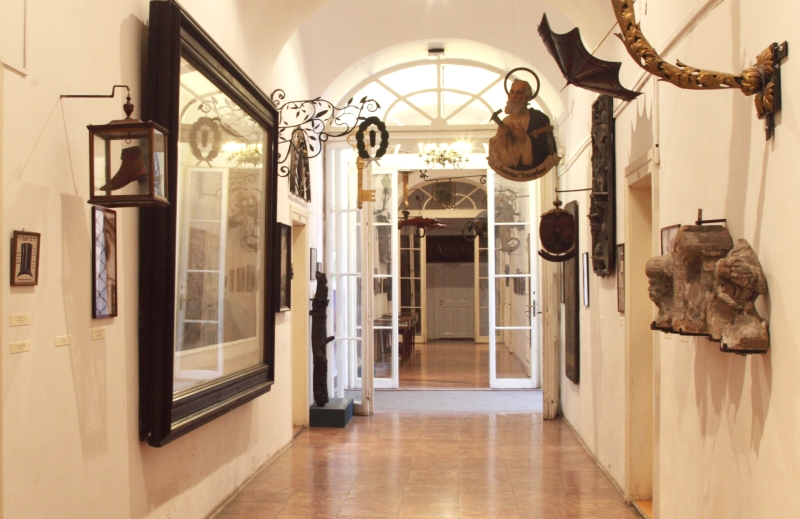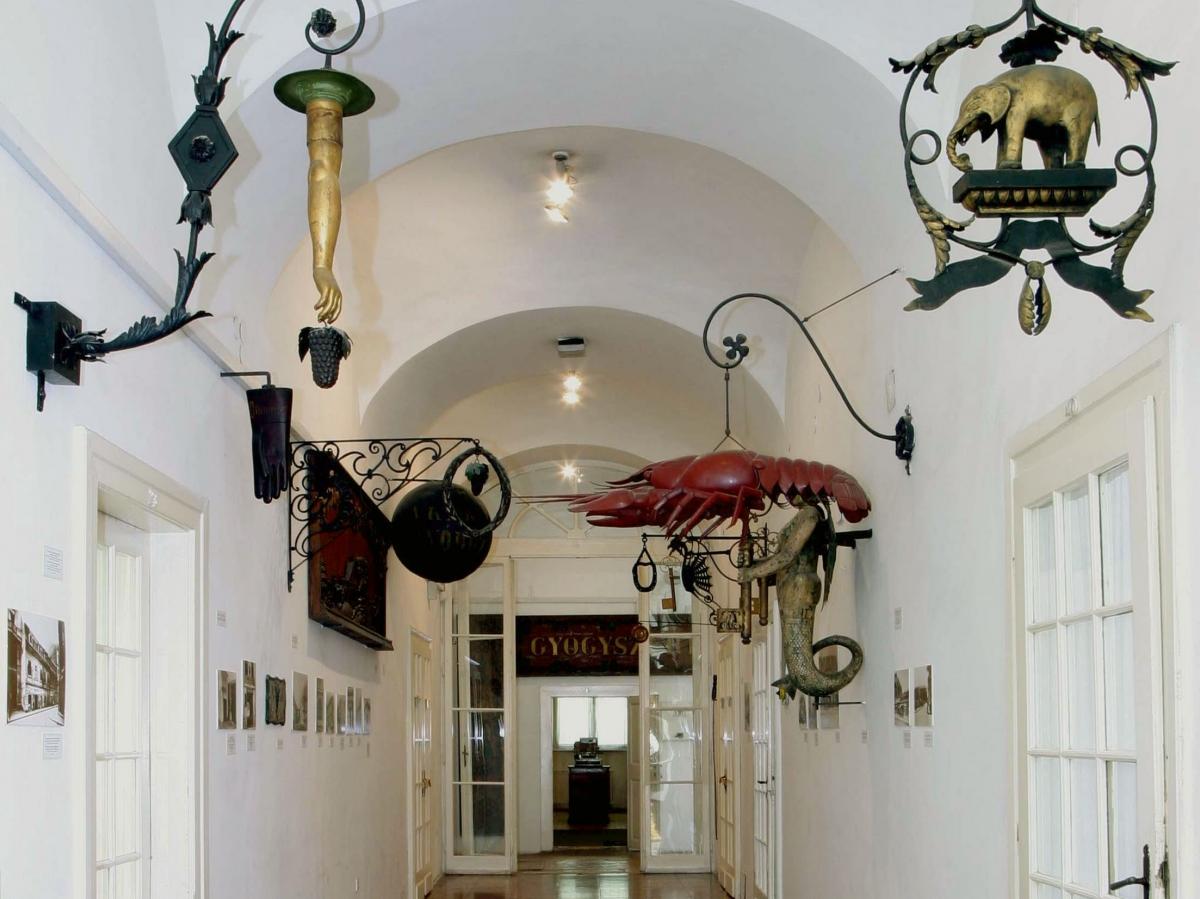- Visitor information
- About us
- Exhibitions
- Temporary Exhibitions
- Permanent Exhibitions
- Past Exhibitions
- 2024/2025 - Life with Honey
- 2024/2025 - WANDERINGS - Lili Ország in Kiscell
- 2024 - Light & City
- 2022 - Gábor Gerhes: THE ATLAS
- 2019/2020 - Shine! - Fashion and Glamour
- 2019 - 1971 – Parallel Nonsynchronism
- 2018 – Your Turn!
- 2018 – Still Life
- 2017 – LAMP!
- 2017 – Tamás Zankó
- 2017 – Separate Ways
- 2017 – Giovanni Hajnal
- 2017 – Image Schema
- 2017 – Miklós Szüts
- 2016 – "Notes: Wartime"
- 2016 – #moszkvater
- 2015 – Corpse in the Basket-Trunk
- 2015 – PAPERwork
- 2015 – Doll Exhibition
- 2014 – Budapest Opera House
- 2013 – Wrap Art
- 2012 – Street Fashion Museum
- 2012 – Riding the Waves
- 2012 – Buda–Pest Horizon
- 2011 – The Modern Flat, 1960
- 2010 – FreeCikli
- 2008 – Drawing Lecture on the Roof
- 2008 – Fashion and Tradition
- 2004 – Mariazell and Hungary
- Virtual museum
- What's happening?
Old Trade-signs from Pest-Buda
Category:
We kindly inform our visitors that our permanent exhibition Old Trade-signs from Pest-Buda is temporarily not on view due to building reconstruction. Thank you for your patience and understanding.
We are probably familiar with trade-signs – boards with succinct emblems and few words above the entraces of windows of shops. Today’s signs are the outcome of the resuscitation of an important old sign system, although a decade or two ago the unifying fashion of neon signs appeared to banish them from the streetscapes for good. The first shop-signs were invented to indicate the shops of guilds by depicting their typical tools and symbols. Some boards survive from the 17th century but they became widespread in the towns over the 19th century. In that period, major buildings had house signs since no street names or house numbering were yet in use and they were nearly identical with the shop-signs. Several times the familiar shop names became the eponyms of the streets. In other cases, a wholesale shop, a pub or tavern borrowed its name from the house in which it was run. In most cases, however, it cannot be decided which was earlier: the house sign or the shop sign, take, for instance, the Red Hedgehog inn in the Red Hedgehog house in the Castle District.
Kiscell Museum has a rich and valuable collection of shop-signs from the area of the capital, the only permanent exhibition of the kind in the country. It includes several town historical items such as the ornamental sign of the Tavern to the Golden Hand that lent its name to the Aranykéz [golden hand] street downtown. In addition to finely crafted pieces, there were painted shop boards as well, some by famous artists, for example Miklós Barabás (1810-1898).



Photo: Judit Fáryné Szalatnyay
